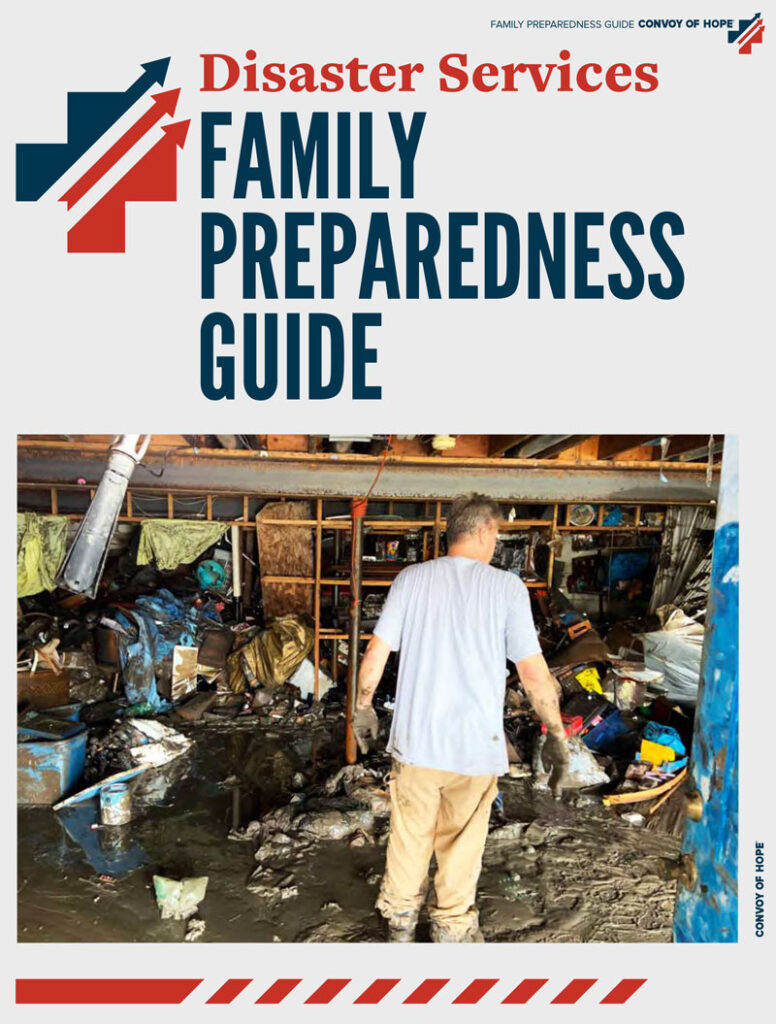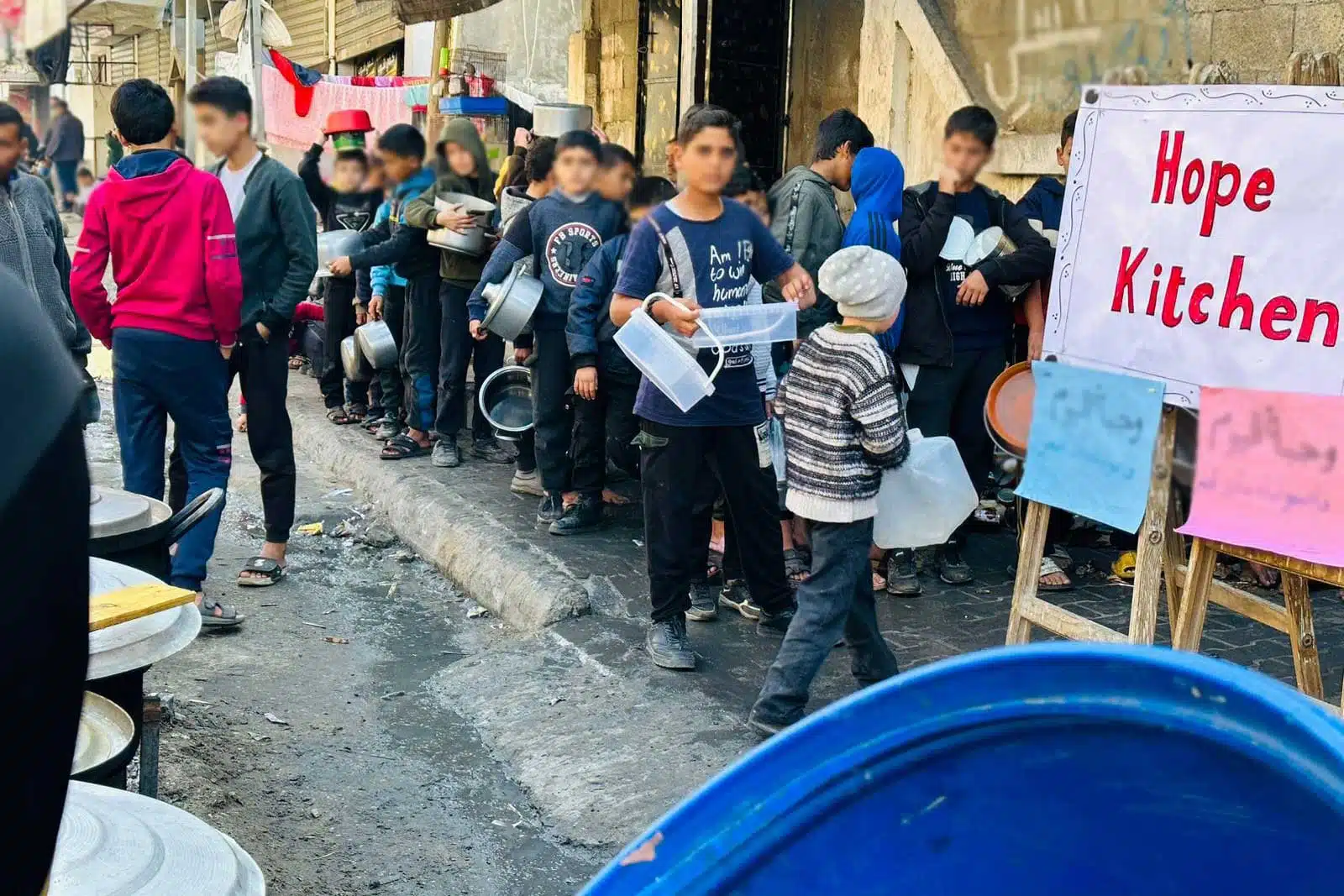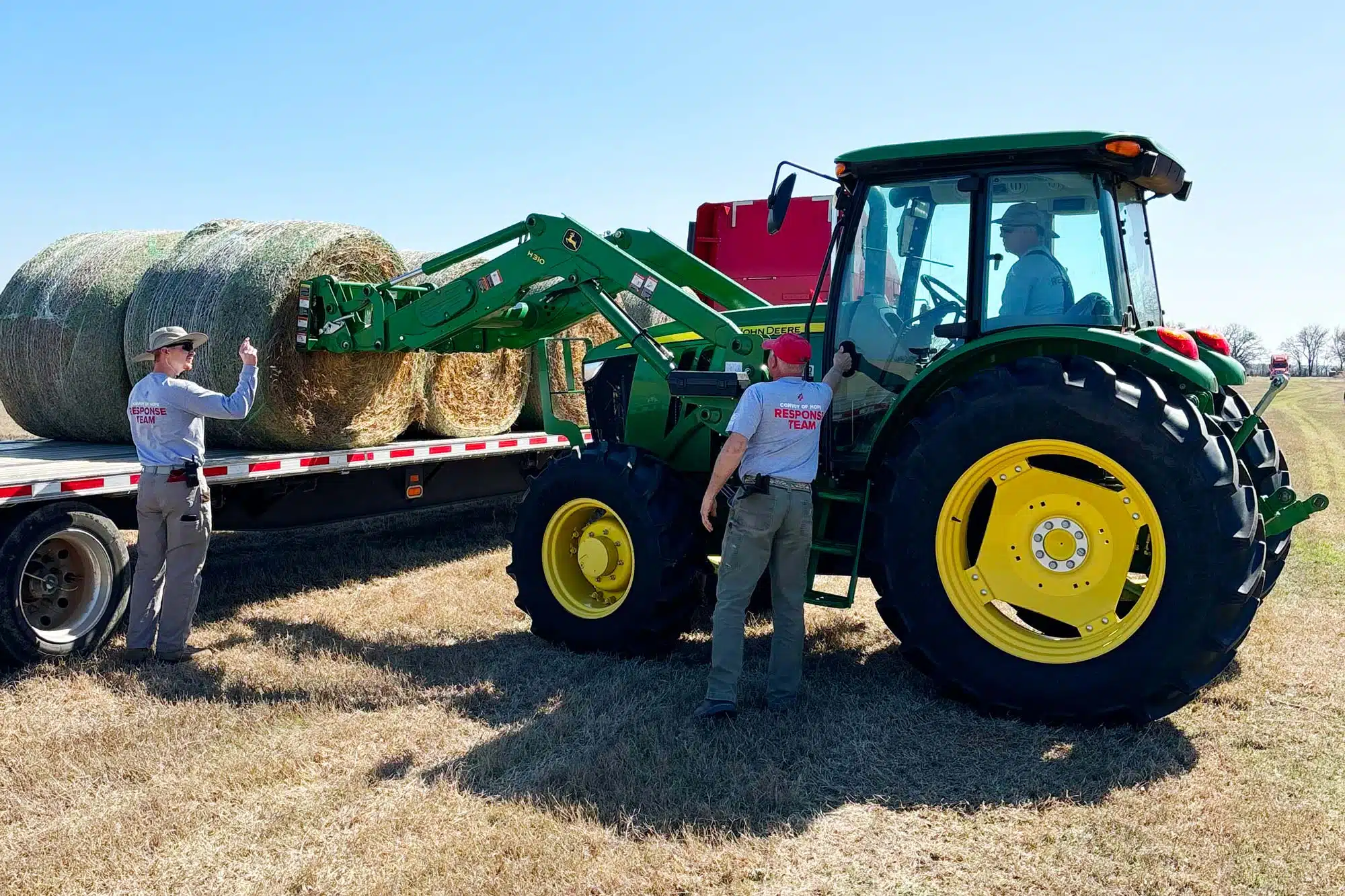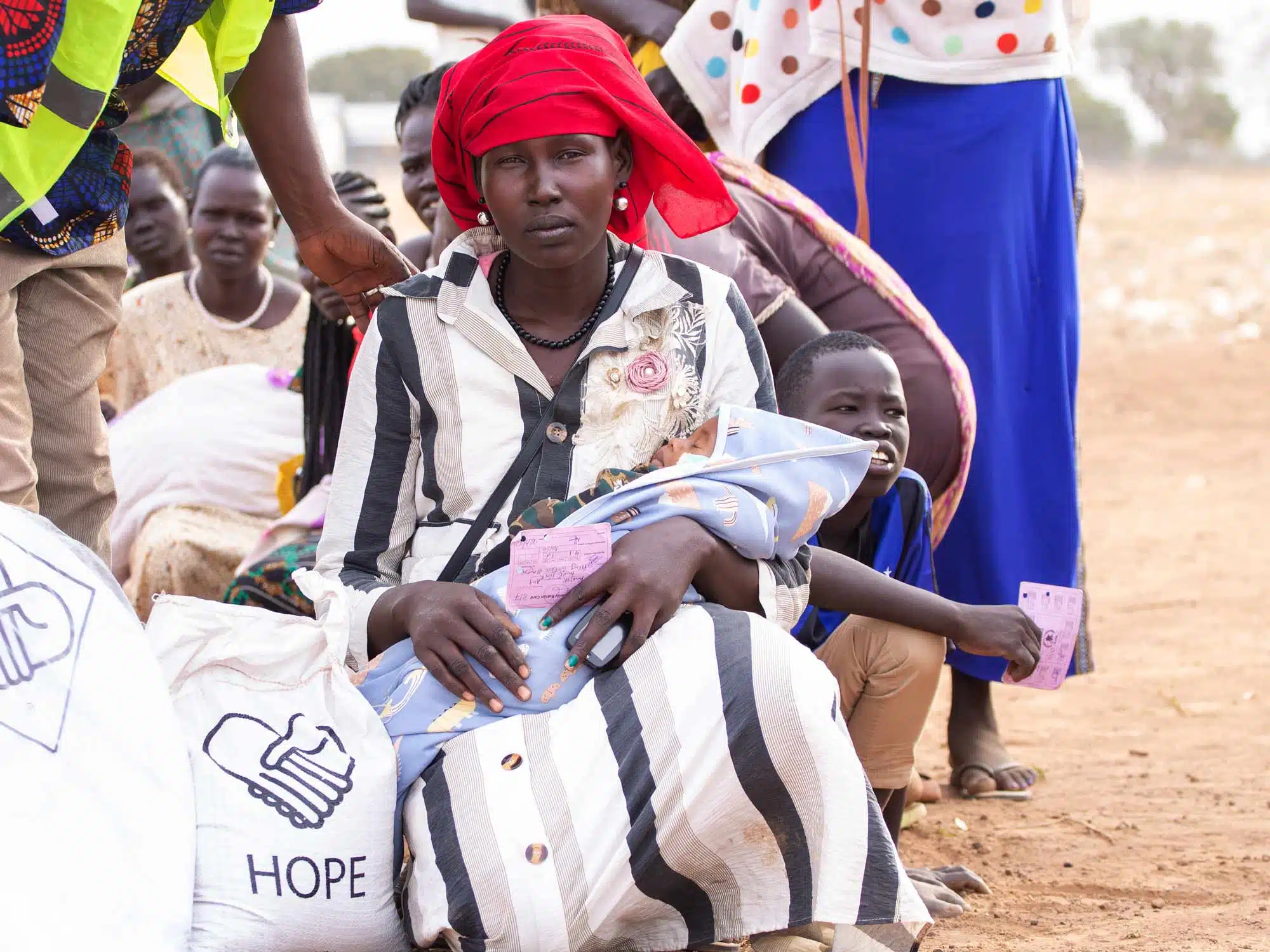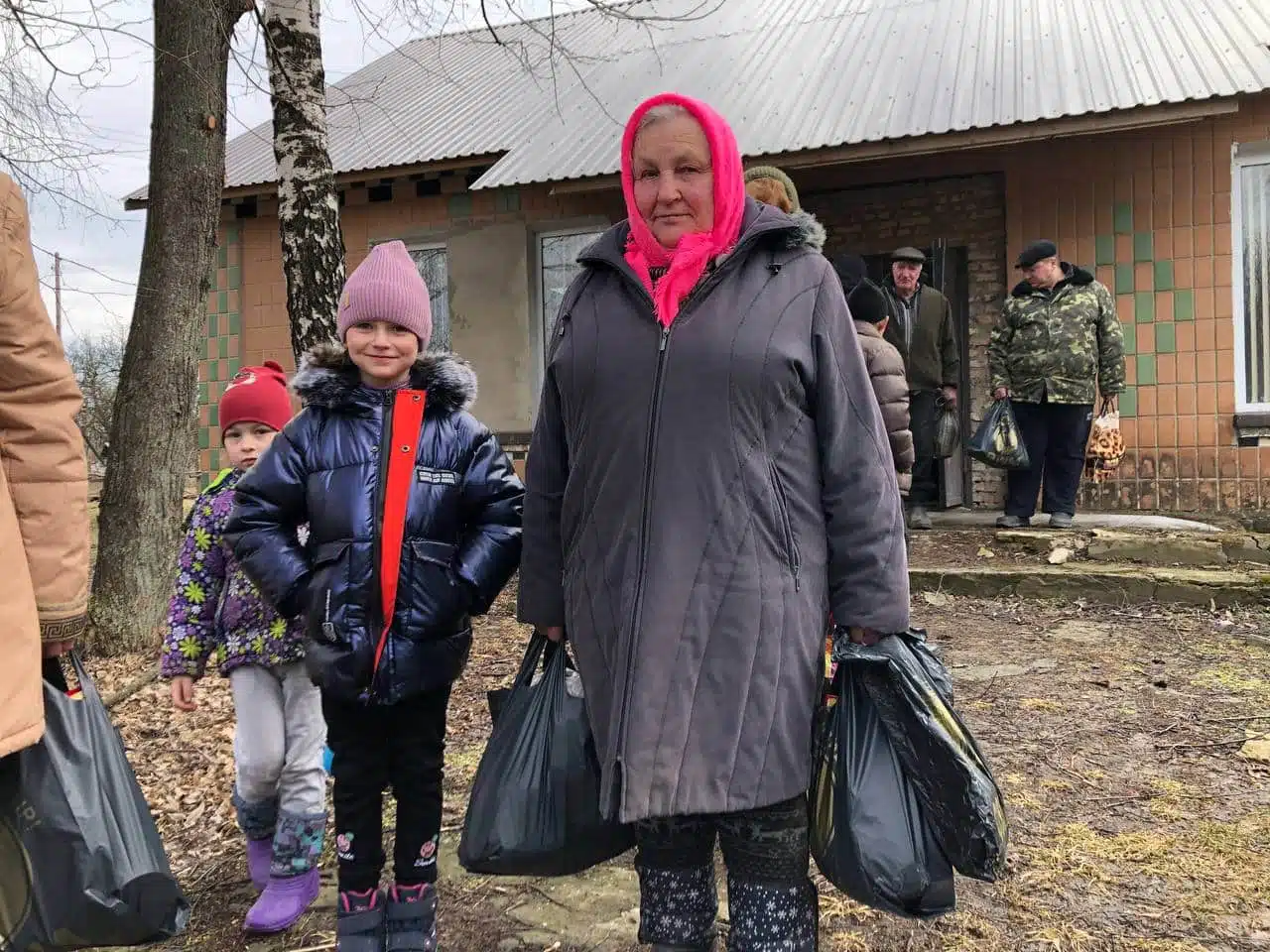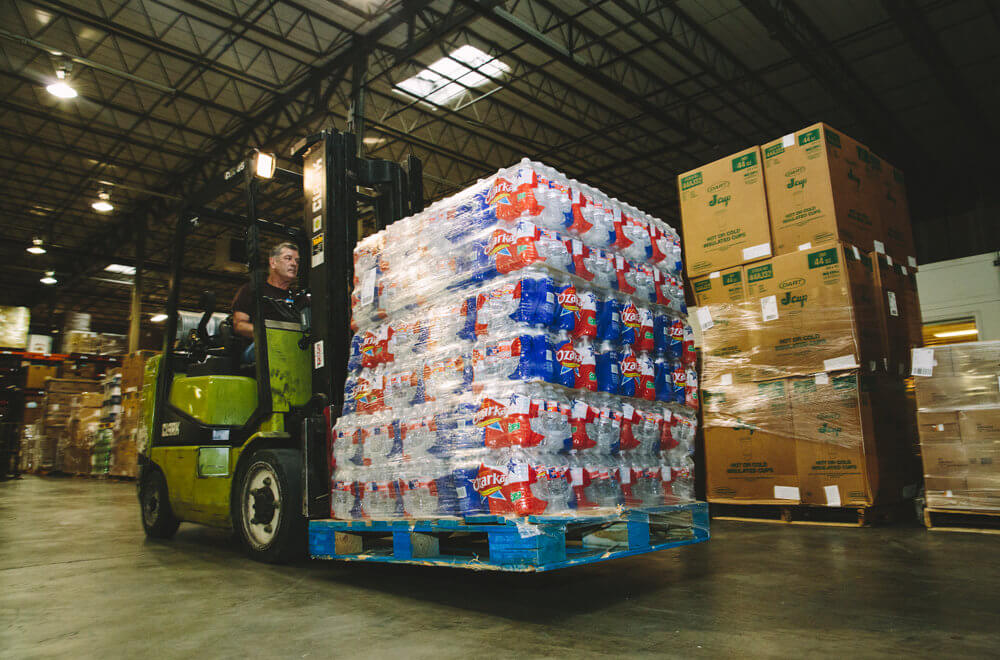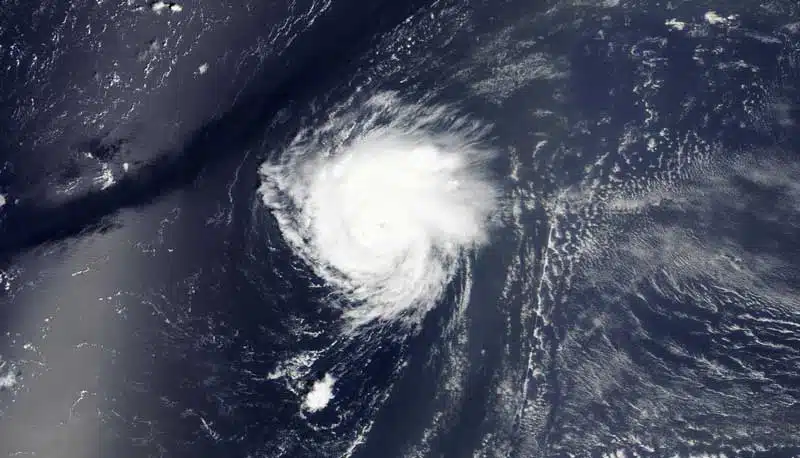Get ready for National Preparedness Month 2023! In this comprehensive guide, we will explore the significance, history, and importance of National Preparedness Month.
Discover practical tips and resources to ensure you and your loved ones are prepared for emergencies, disasters, and unforeseen events.
From creating emergency plans to promoting community preparedness, this article will get you going in the right direction when it comes to staying safe and secure.
What Is National Preparedness Month?
National Preparedness Month — also referred to as Emergency Preparedness Month or Disaster Preparedness Month — is an annual campaign held in September to raise awareness about the importance of emergency preparedness in the United States.
National Preparedness Month serves as a dedicated time to empower individuals, families, businesses, and communities with the knowledge and resources they need to effectively respond to and recover from emergencies.
By promoting readiness, National Preparedness Month aims to minimize the impact of disasters and improve overall resilience.
When Is National Preparedness Month?
National Preparedness Month takes place each year throughout the month of September. This allows individuals and organizations to focus their efforts on preparedness activities.
During the month, numerous events, initiatives, and educational resources are available to help people become better prepared for emergencies.
By setting aside September as National Preparedness Month, we encourage everyone to prioritize emergency planning and take concrete steps toward preparedness.
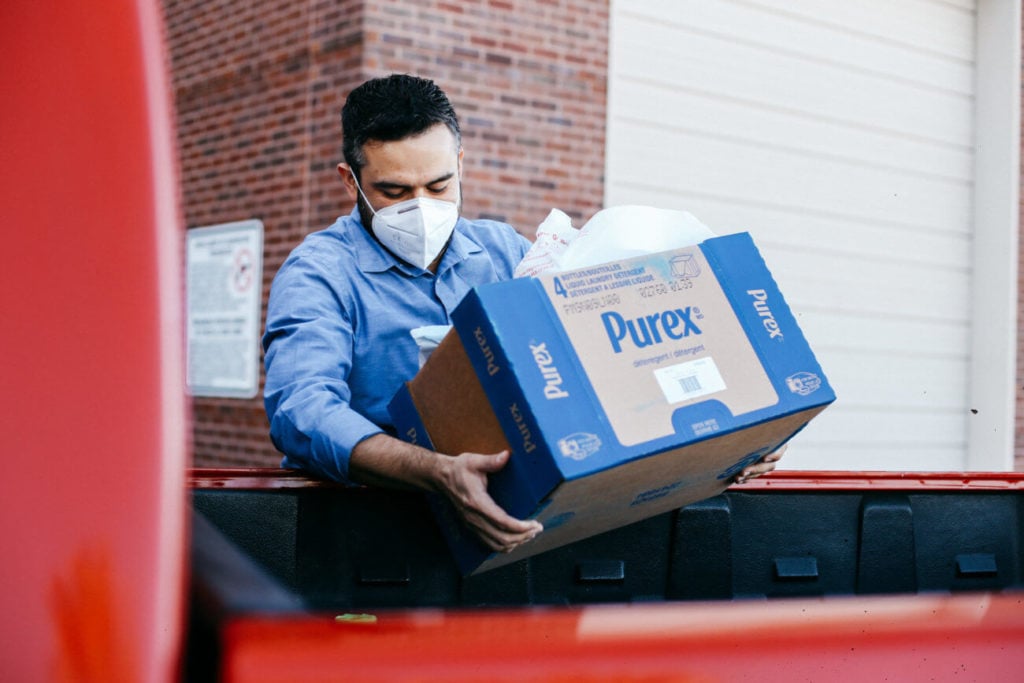
The History of National Preparedness Month
The roots of National Preparedness Month can be traced back to the aftermath of the tragic events of September 11, 2001.
The Federal Emergency Management Agency (FEMA) recognized the critical need for increased emergency preparedness and joined forces with various partners to establish this annual campaign in 2004.
The initiative gained further momentum in 2006 when FEMA collaborated with the Ad Council to develop the “Ready” campaign, which aimed to educate and motivate Americans to prepare for emergencies.
Since its inception, National Preparedness Month has grown into a collaborative effort involving:
- • Government agencies
- • Nonprofit organizations
- • Businesses
- • Schools
- • Communities across the nation
Together, they work tirelessly to enhance public awareness and understanding of emergency preparedness. By providing valuable information and resources, National Preparedness Month equips individuals with the tools they need to effectively respond to any disaster.

The Power of Preparedness
Ensure your family is protected in the face of unexpected challenges with our Disaster Preparedness Guide.
Topics Include:
— Family Communication Plan
— Evacuation Plans
— Care for Pets
— Weather Monitoring
Download Our Disaster Preparedness Guide!
Start your journey to preparedness now and download the guide to learn practical steps for facing any disaster confidently.
"*" indicates required fields
Emergency Preparedness: Your Essential Toolbox
An important focus for preparedness is on building a solid emergency preparedness toolbox. Download our free Family Preparedness Guide.
Below are some key components to include.
1. Create an Emergency Plan
Develop a comprehensive emergency plan that outlines communication strategies, evacuation routes, and designated meeting points.
Involve all family or household members in the planning process to ensure everyone is well-prepared.
2. Stay Informed
Sign up for emergency alerts and stay updated with reliable sources of information during crises.
Being aware of potential risks and developments allows you to make informed decisions and take necessary actions to protect yourself and your loved ones.
3. Assemble an Emergency Kit
Prepare a well-stocked emergency kit that includes essential supplies, such as:
- • Nonperishable food
- • Water
- • Medications
- • First aid items
- • Flashlights
- • Batteries
- • Battery-powered radio
Don’t forget hygiene items and comfort supplies!
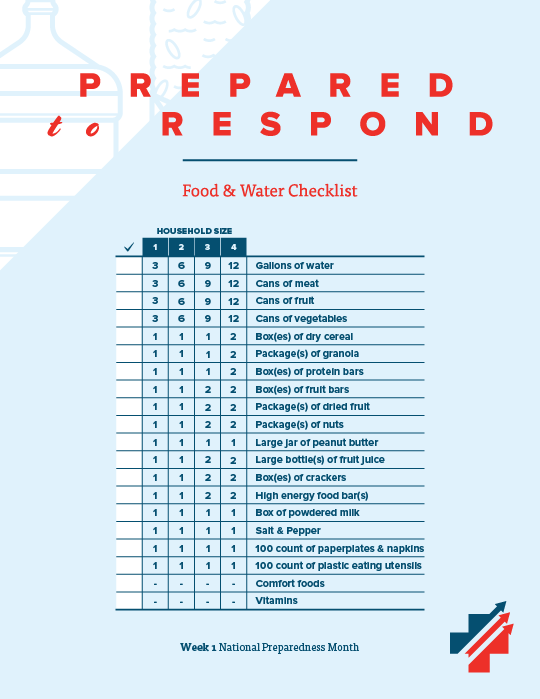
4. Promote Community Preparedness
Engage with your community and encourage others to prioritize emergency preparedness.
Share safety tips, resources, and information through social media platforms, local events, or neighborhood meetings. When we work together, we can build stronger and more secure communities.
5. Practice Good Hygiene
In line with September being National Food Safety Education Month, prioritize proper hygiene practices, such as washing hands frequently with soap and water.
This simple act plays a crucial role in preventing the spread of diseases, including food-borne illnesses.
September: A Time for Preparedness
September is not only National Preparedness Month, it is a natural time to reflect on the importance of being prepared for emergencies. As we transition from summer to fall, the changing season brings its own set of risks, including severe weather events and natural disasters. In September, we are reminded to take proactive steps that safeguard ourselves and our communities.
Disaster Strikes: Are You Ready?
Disasters can strike at any time, and being prepared can make all the difference. National Preparedness Month provides an opportunity to assess and enhance our preparedness levels. Below are some additional safety tips to consider.
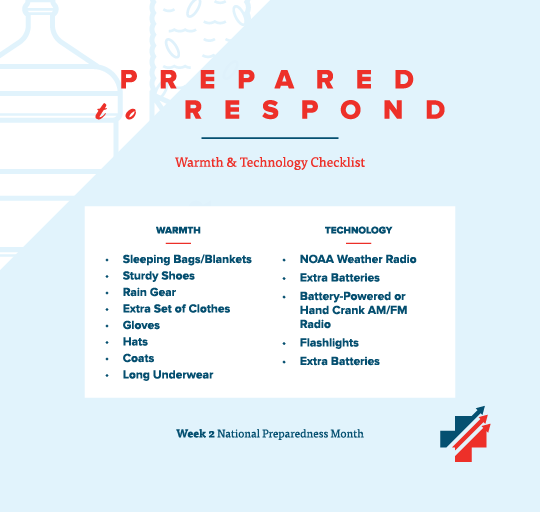
1. Develop an Emergency Communication Plan
As part of the emergency plan mentioned earlier, establish a communication plan with your family, friends, and loved ones.
Determine how you will contact each other during an emergency and where you will reunite if separated. Clear communication is vital in times of crisis.
2. Stay Connected With Emergency Alerts
As part of the “stay informed” strategy mentioned earlier, take advantage of technology by signing up for emergency alerts on your mobile devices.
Many local authorities and emergency management agencies offer alert systems that provide timely information and regular updates.
3. Educate Yourself About Natural Disasters
Understand the potential hazards in your area and learn how to prepare for specific disasters.
Whether it’s earthquakes, tornadoes, hurricanes, wildfires, or floods, knowing the risks and appropriate response strategies is essential for staying safe.
4. Safeguard Important Documents
Make copies of important documents, such as identification cards, insurance policies, medical records, and financial documents. Store these copies in a secure location or consider digitizing them and storing them in a password-protected cloud storage service.
5. Conduct Regular Emergency Drills
Practice your emergency plan regularly with family or household members. Conduct fire drills, evacuation exercises, and simulated scenarios to ensure everyone knows what to do and where to go.
National Preparedness Month: A Call to Action
National Preparedness Month is not just about individual preparedness — it’s also about fostering a culture of readiness across communities. By engaging in preparedness initiatives, we contribute to building a more resilient society.
Below are some ways you can get involved.
Volunteer for Emergency Response Organizations
Consider joining local emergency response organizations or volunteering your time and skills to support disaster preparedness and response efforts in your community.
Your contributions can make a significant impact during times of crisis.
Participate in Preparedness Events
Attend workshops, webinars, and community events related to emergency preparedness.
These events provide valuable information, practical tips, and an opportunity to connect with experts and like-minded individuals.
Share Preparedness Resources
Utilize social media platforms, neighborhood forums, or workplace bulletin boards to share preparedness resources, safety tips, and informative articles.
If you have influence at your job, encourage preparedness as a safety topic for September company meetings or warehouse toolbox talks. Spreading awareness and knowledge empowers others to take action and be better prepared.
September: A Month of Preparedness & Resilience
As September rolls in, embrace the spirit of National Preparedness Month. Take the time to evaluate your preparedness levels, update your emergency plans, and equip yourself with the necessary tools and knowledge to face adversity. By prioritizing emergency awareness for the month, we ensure the safety and well-being of ourselves, our families, and our communities.
Remember, National Preparedness Month is not just limited to September. It serves as a reminder to integrate preparedness practices into our daily lives. Be proactive and ready to overcome any challenges that may come your way.
Together, we can build a more prepared and resilient nation, one September at a time.
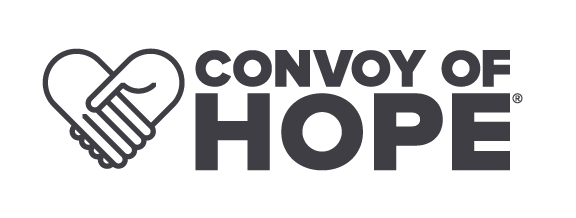
Convoy of Hope is a humanitarian organization that is committed to providing aid and assistance to communities affected by natural disasters.
One of the organization’s key initiatives is its Disaster Services program, which is designed to provide emergency assistance, recovery support, and long-term aid to individuals and communities affected by disasters.
Convoy’s initial emergency assistance includes providing food, water, and other basic necessities to those who have been displaced by a disaster.
You can learn more by visiting convoyofhope.org, and you can download our free Family Preparedness Guide today!
